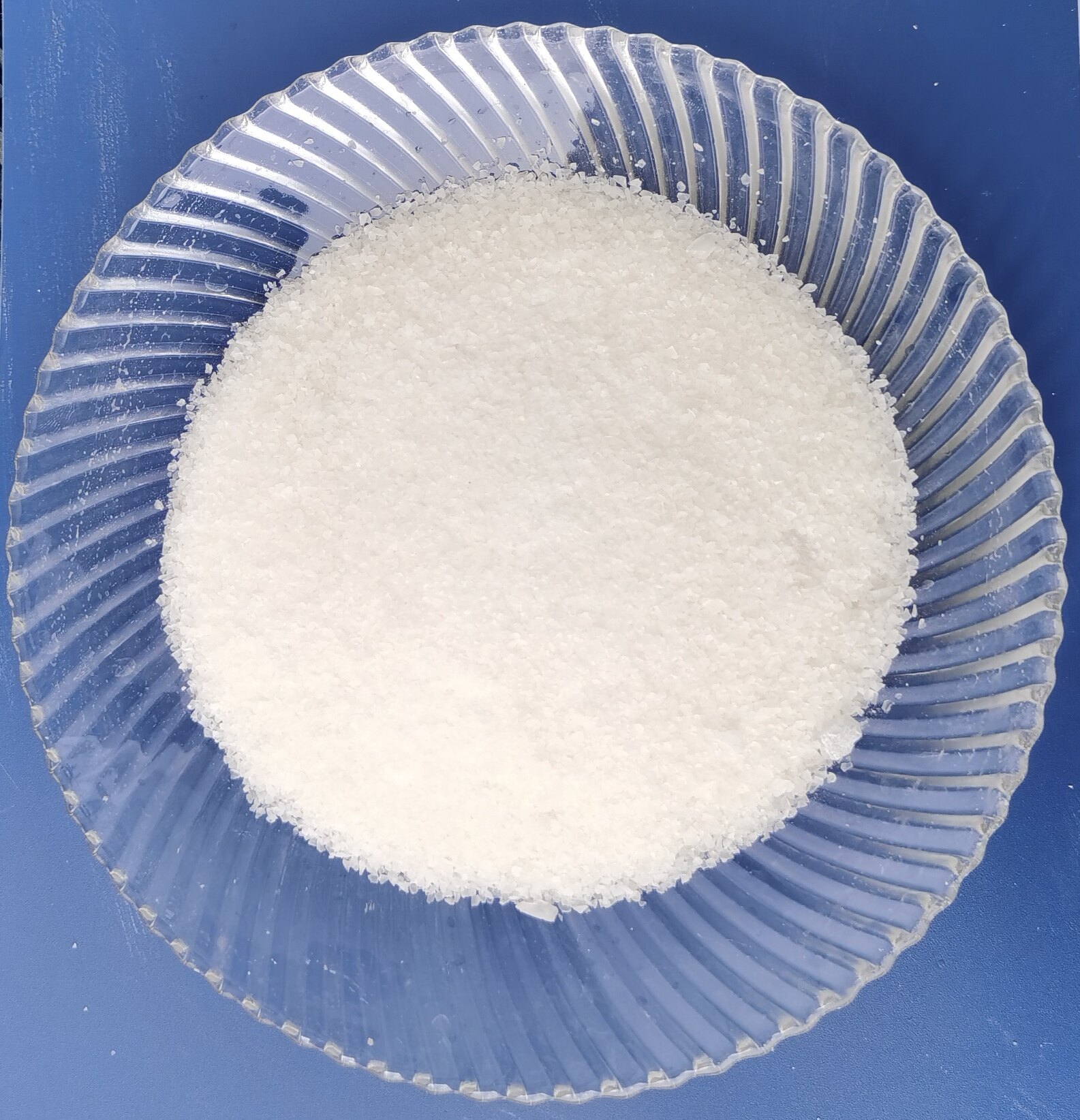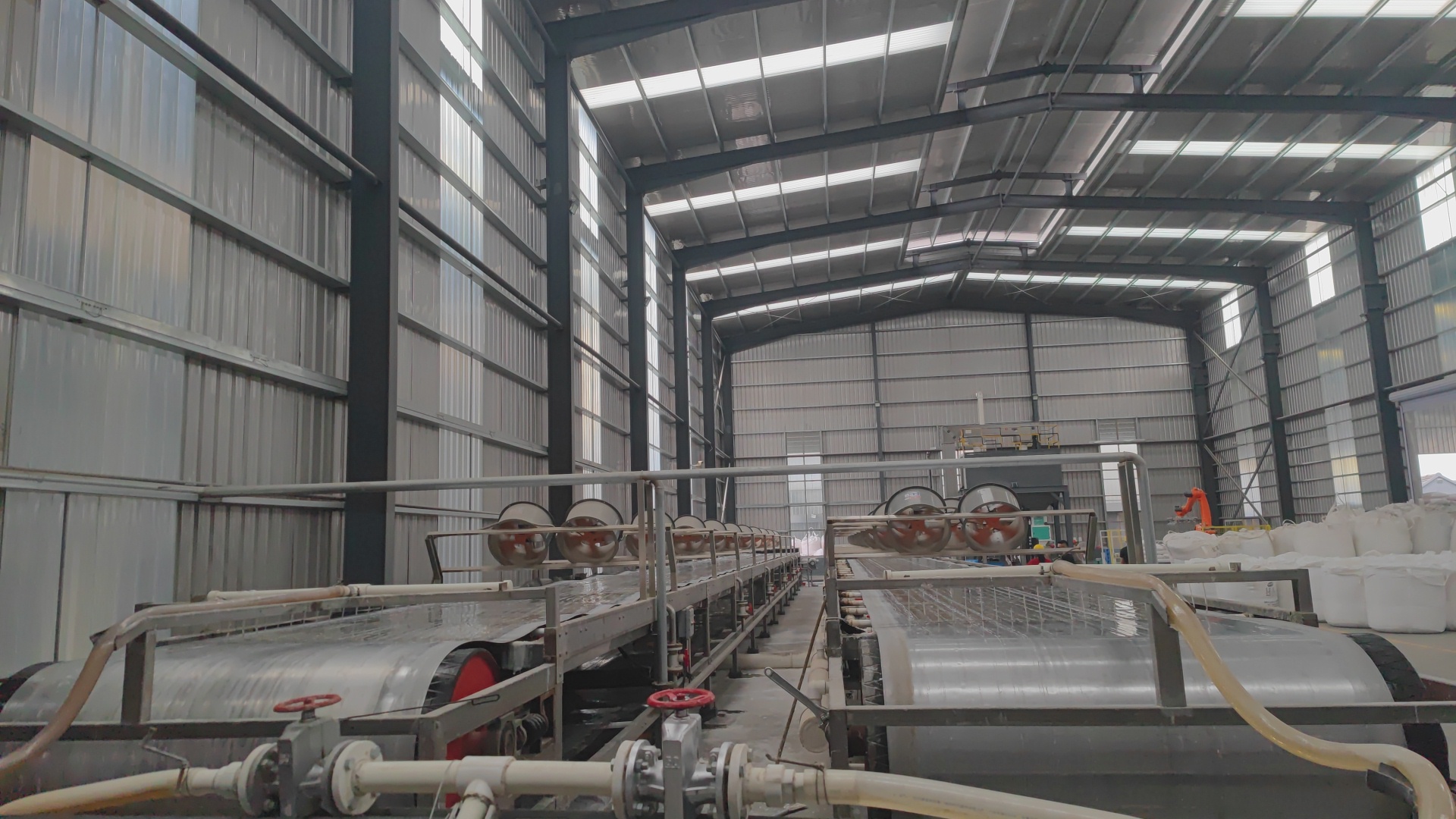Aluminum sulfate (also known as alum or bauxite) is commonly used as a precipitant for sizing. Its main chemical composition is aluminum sulfate with 14~18 crystal water, and the Al2O3 content is 14~15%. Aluminum sulfate is easy to dissolve, and its solution is acidic and corrosive. The impurities contained in bauxite should not be too much, especially the iron salt should not be too high, otherwise it will chemically react with rosin gum and dyes, affecting the color of paper.
The quality standard of sizing bauxite is: the content of alumina is more than 15.7%, the content of iron oxide is less than 0.7%, the content of water insoluble matter is less than 0.3%, and it does not contain free sulfuric acid.
Bauxite plays a big role in papermaking, first of all it is the need of sizing, and it also meets other requirements of papermaking. The bauxite solution is acidic, and adding more or less bauxite will directly affect the pH value of the slurry on the net. Although papermaking is now changing to neutral or alkaline, the role of alumina in papermaking still cannot be ignored.
Studies have shown that controlling the δ potential by adjusting the pH value of the online can effectively improve the drainage and retention of the online slurry, and can effectively use talcum powder to control resin barriers. Appropriately increasing the amount of bauxite to reduce the pH value of the slurry can also effectively reduce the adhesion of the pulp and reduce the end-breakage caused by the press paper hair sticking to the roller. It usually shows that once there is a lot of paper wool in the press, the amount of alumina can be increased appropriately. However, the amount of bauxite should be properly controlled. If the amount is too much, it will not only cause waste, but also make the paper brittle. And lead to corrosion of paper machine parts and loss of wire and felt. Therefore, the amount of alumina is generally controlled by controlling the pH value between 4.7 and 5.5.
The alumina dissolution methods include hot dissolution method and cold dissolution method. The former is to accelerate the dissolution of alumina by heating; the latter is to accelerate the diffusion and dissolution of alumina in aqueous solution through circulation. Compared with the hot melting method, the dissolution method has the advantages of saving steam and improving the physical environment, and is a better dissolution method.
Post time: Jun-26-2023


